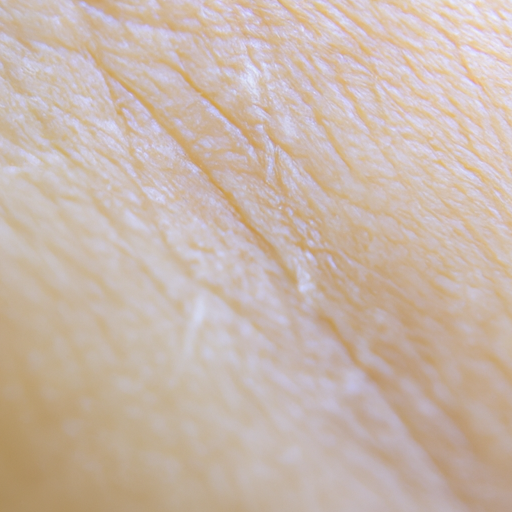Skin exfoliation is a vital part of any skincare routine. It is the process of removing dead skin cells from the surface of your skin using a chemical, granular substance, or exfoliation tool. By doing so, you unveil the fresh, radiant skin underneath, giving you a youthful and glowing appearance. This article will serve as your ultimate guide to masterful skin exfoliation.
Firstly, it’s important to understand why we need to exfoliate. Our skin naturally sheds dead cells every 30 days or so. However, this process can slow down with age, leading to dull, dry, or flaky skin. Regular exfoliation helps speed up your skin’s natural process and prevents clogged pores that can result in acne and blackheads.
There are two main types of exfoliation: physical and chemical. Physical exfoliation involves using a scrub, brush, or other rough-textured tools to manually remove dead skin cells. On the other hand, chemical exfoliation uses acids or enzymes to dissolve dead skin cells without any scrubbing.
Physical exfoliants are great for people with normal to oily skin. They can be used 2-3 times a week, depending on your skin’s sensitivity. However, they should be used gently to avoid causing micro-tears in the skin. Some popular physical exfoliants include sugar or salt scrubs, facial brushes, and microdermabrasion products.
Chemical exfoliants are suitable for all skin types and are especially beneficial for those with sensitive or acne-prone skin. They can be used 1-2 times a week, depending on the strength of the product and your skin’s tolerance. Chemical exfoliants include products with ingredients like alpha hydroxy acids (AHAs), beta hydroxy acids (BHAs), and retinoids.
When starting with exfoliation, it’s best to start slow. Begin with gentle exfoliation once a week and gradually increase the frequency as your skin gets used to it. It’s also crucial to moisturize your skin after exfoliating, as the process can leave your skin dry.
Remember, while exfoliation can give you radiant and smooth skin, over-exfoliation can lead to redness, inflammation, and skin sensitivity. Therefore, it’s essential to listen to your skin and give it time to recover.
Additionally, always wear sunscreen during the day, especially after exfoliating, as the process can make your skin more susceptible to sun damage.
It’s also important to note that everyone’s skin is different. What works for one person may not work for another. Therefore, it’s always a good idea to consult with a dermatologist or skincare expert before starting a new exfoliation routine.
In conclusion, exfoliation is a powerful tool in your skincare arsenal. When done correctly, it can help you achieve radiant, youthful-looking skin. However, it’s essential to understand the different types of exfoliation, how often to exfoliate, and how to care for your skin post-exfoliation. With this guide, you’re well on your way to mastering the art of skin exfoliation.
Remember, the goal of any skincare routine is to promote healthy skin. So always listen to your skin and adjust your routine accordingly. After all, beautiful skin is a reflection of good health. So here’s to unveiling your radiance through masterful exfoliation!



